It’s a widespread dilemma among pet owners: how much dog food should I give my beloved companion? The conundrum of Calculating The Optimal Dog Food Proportions: Cups Per Pound Explained seems straightforward, yet it’s a nuanced topic that can significantly impact your furry friend’s health and well-being.
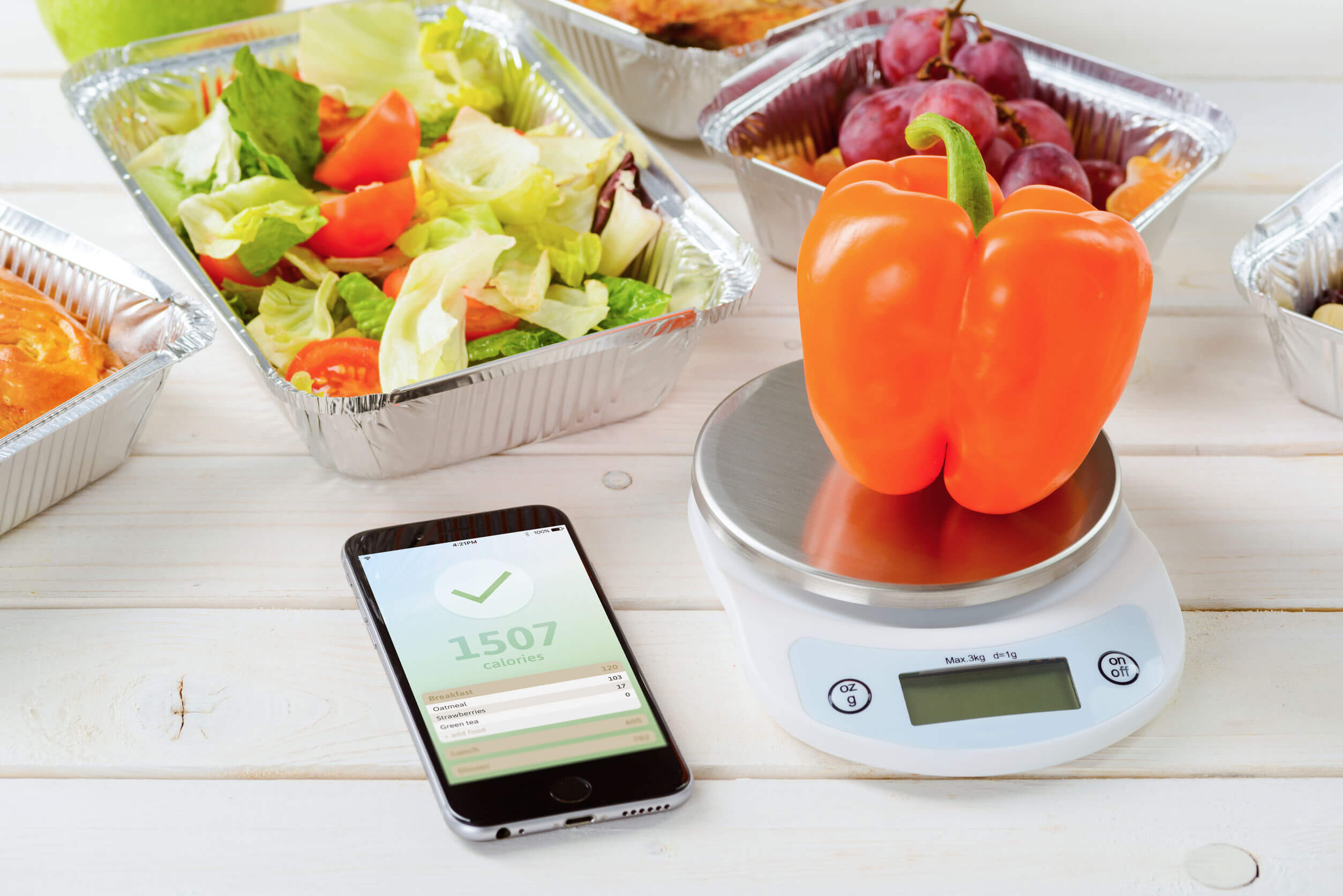
Así deberían ser las proporciones de tus platos para perder peso – Source mejorconsalud.as.com
Identifying the Nutritional Puzzle
Many factors contribute to the optimal dog food portions, including the dog’s age, weight, activity level, and health status. The goal is to provide a balanced diet that meets their nutritional needs without overfeeding or underfeeding.
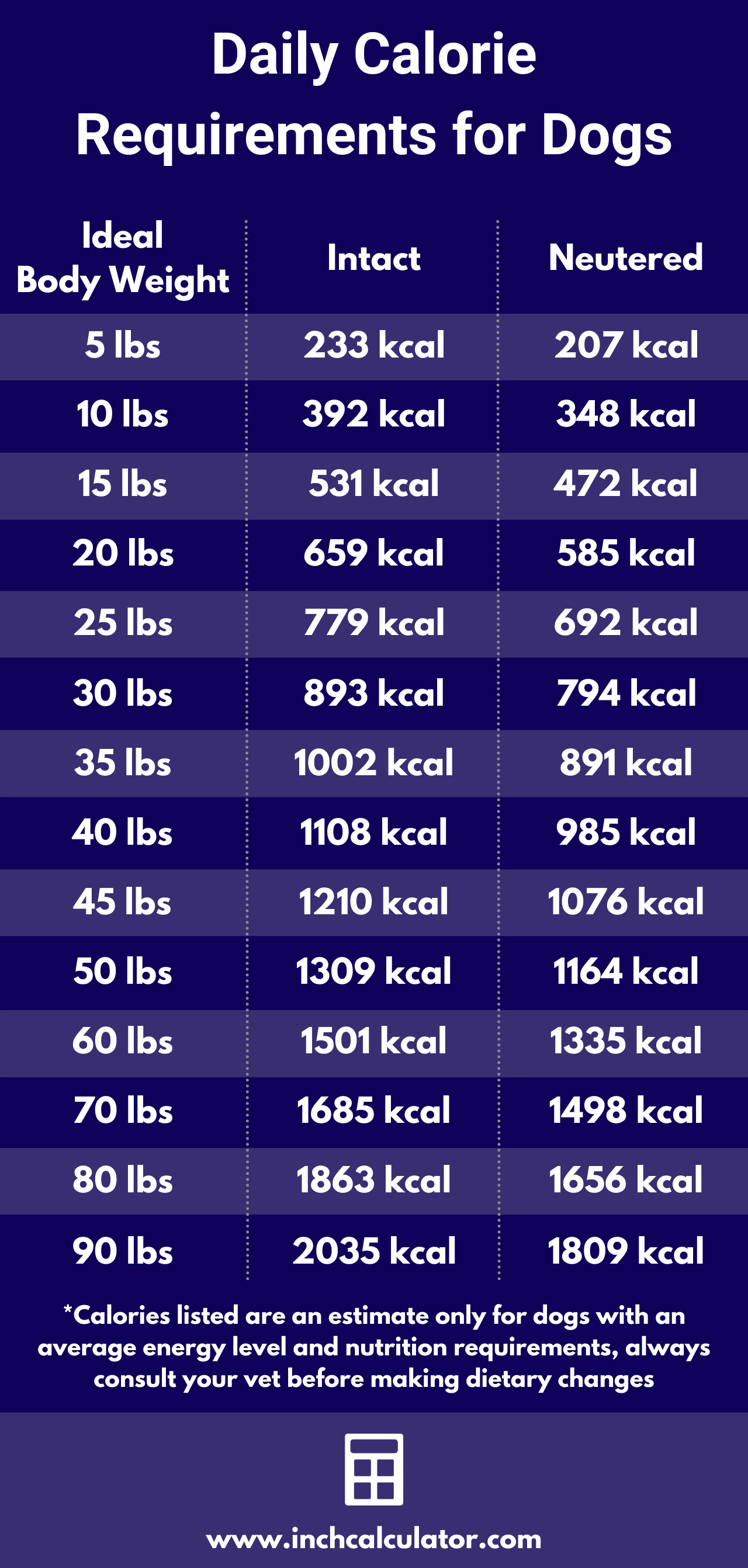
Dog Calorie Calculator – How Much Should You Feed Your Dog – Source lelah.hedbergandson.com
The Myth of a One-Size-Fits-All Approach
The dreaded “cup per pound” rule is a common misnomer. It fails to account for the dog’s individualized dietary requirements. For example, a highly active puppy may need more food per pound than an older, less active dog. Determining the ideal amount is essential to prevent health issues such as obesity and malnutrition.

Efficient Nutrition Portion Control Containers Kit (7-Piece) + COMPLETE – Source www.desertcart.ae
Getting to the Heart of the Matter
The key to Calculating The Optimal Dog Food Proportions: Cups Per Pound Explained lies in understanding the dog food label. Look for the “Feeding Guidelines” section, which provides recommendations based on the dog’s weight and activity level. These guidelines are a starting point, but it’s important to monitor your dog’s weight and adjust the portions accordingly.

The LeanWithLesley Guide to Portion Control – Lean With Lesley – DARE – Source leanwithlesley.com
Calculating the Optimal Dog Food Proportions: Cups Per Pound Explained
There’s no universal answer to the question of how much dog food to give per pound. However, a general guideline suggests that:
– Puppies (2-6 months): 2-3 cups per day, divided into 2-3 meals
– Adults (6 months – 1 year): 1-2 cups per day, divided into 2 meals
– Seniors (1 year and older): 1 cup per day, divided into 2 meals
These amounts may vary depending on the dog’s breed, size, activity level, and health status.

21 Day Portion Control Diet 14 Kit Diet Fix Weight Loss Guide Food Plan – Source ubicaciondepersonas.cdmx.gob.mx
Getting it Right: Finding the Perfect Balance
Determining the optimal dog food proportions is not an exact science. Here are a few tips to help you find the right balance:
– Adjust portions based on your dog’s weight, activity level, and overall health.
– Monitor your dog’s weight regularly to ensure they maintain a healthy weight.
– Observe your dog’s hunger cues and adjust portions accordingly.
– Consider consulting with a veterinarian or certified veterinary nutritionist for personalized advice.

Puppy Food Calculator + Vet-Approved Dog Feeding Guide – The Petite – Source npifund.com
Avoiding the Pitfalls: Common Mistakes to Avoid
Understanding the importance of Calculating The Optimal Dog Food Proportions: Cups Per Pound Explained, let’s highlight some common pitfalls to avoid:
– Overfeeding: Excess food can lead to obesity, joint problems, and other health issues.
– Underfeeding: Not providing enough food can result in malnutrition, lethargy, and stunted growth.
– Ignoring individual needs: Treating all dogs the same can result in overfeeding or underfeeding some dogs.
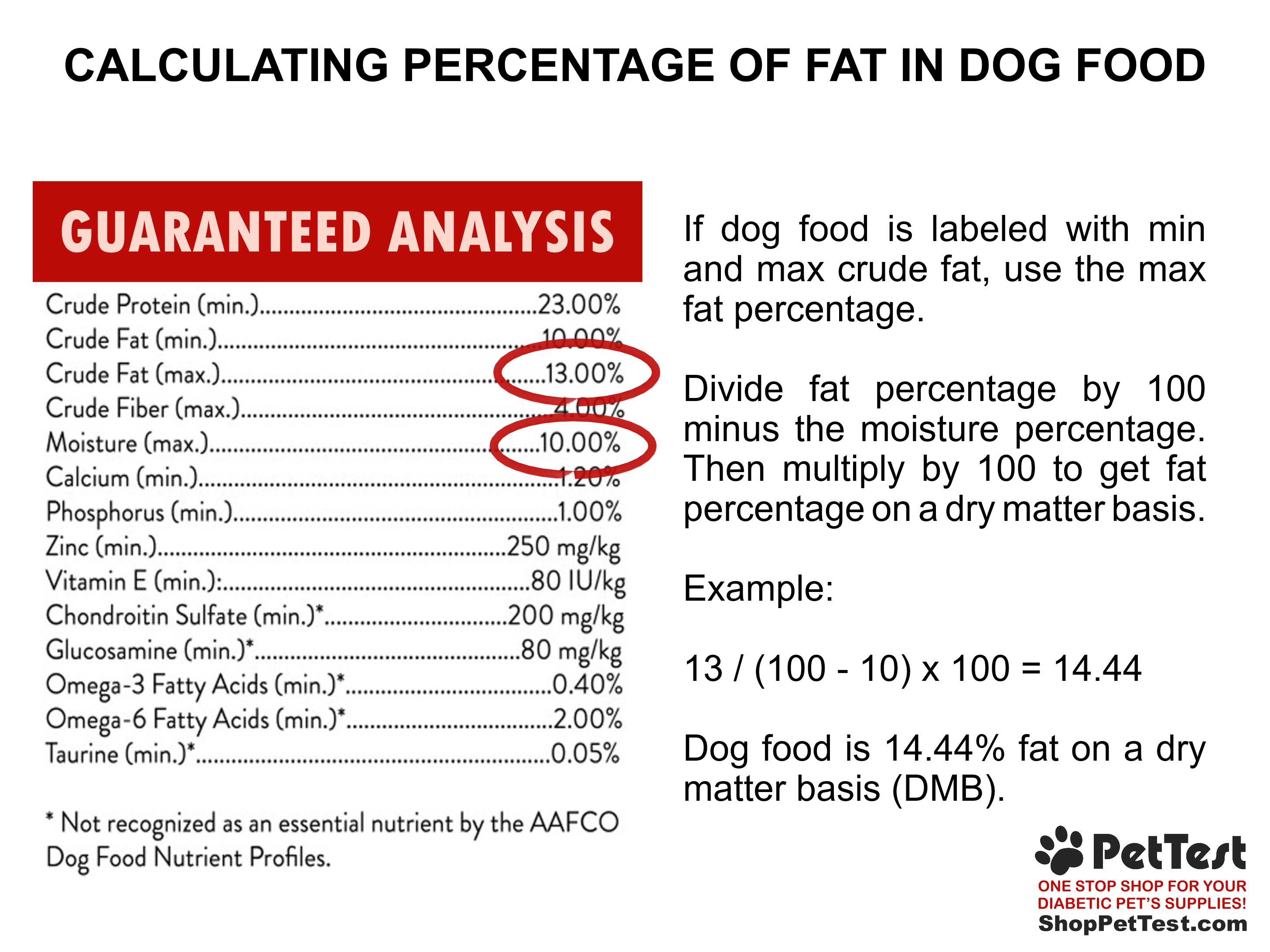
Let’s (Not) Chew the Fat – PetTest by Advocate – Source shoppettest.com
The Science Behind the Numbers: Unveiling the Hidden Secrets
Calculating The Optimal Dog Food Proportions: Cups Per Pound Explained involves considering several factors that impact a dog’s nutritional needs:
– Age: Puppies have higher energy requirements than adult dogs, so they need more food per pound.
– Weight: Larger dogs need more food than smaller dogs due to their increased body mass.
– Activity level: Active dogs burn more calories and require more food to maintain their energy levels.
– Health status: Dogs with certain health conditions may have specific dietary needs.
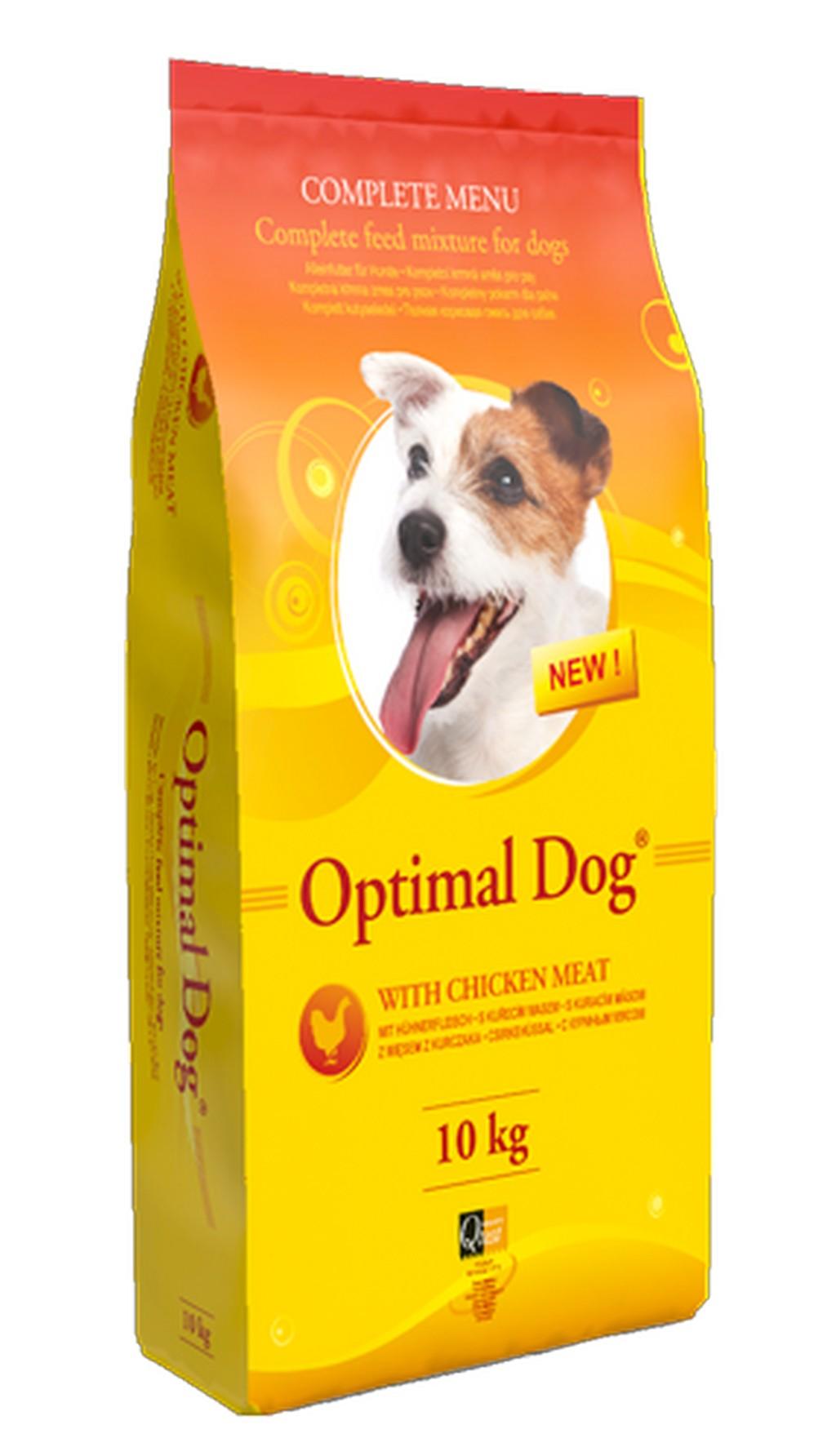
DELIKAN Optimal Dog – kuřecí 10 kg :: profizoo.cz – Source profizoo.cz
Debunking the Myths: Separating Fact from Fiction
To ensure you’re making informed decisions about your dog’s diet, let’s debunk some common myths surrounding dog food proportions:
– Myth: All dogs require the same amount of food per pound.
– Truth: Individual factors such as age, weight, activity level, and health status influence the optimal food proportions.
– Myth: Feeding your dog more food will make them stronger.
– Truth: Overfeeding can lead to obesity and other health problems.
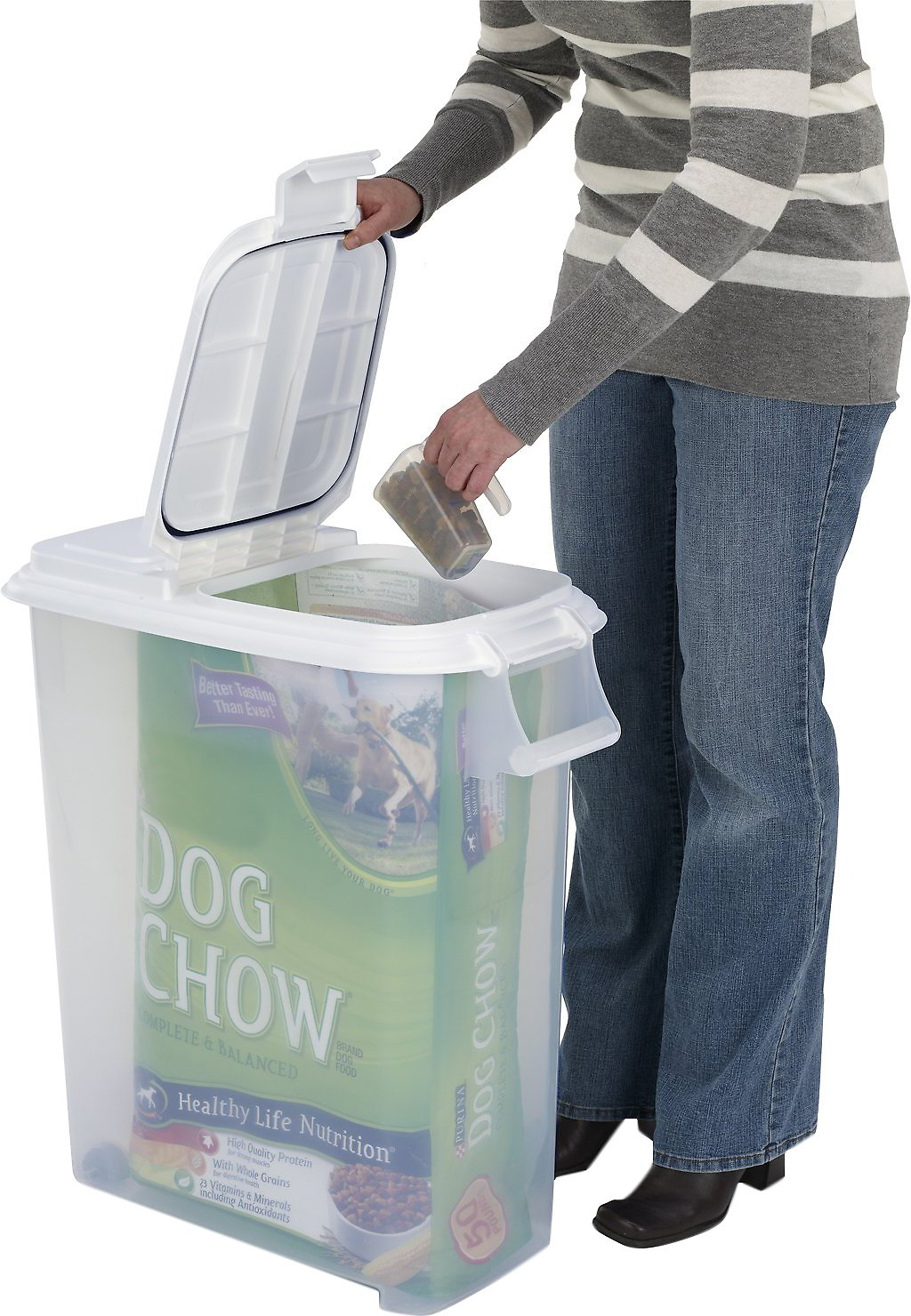
Dog Food Storage Bins 50 Lb • Cabinet Ideas – Source veryshortpier.com
Tips to Ensure Success: A Guide for Optimal Dog Food Portions
Follow these practical tips to maximize the well-being of your furry companion through optimal dog food proportions:
– Regularly monitor your dog’s weight to maintain a healthy body condition.
– Observe your dog’s hunger cues and adjust portions accordingly.
– Avoid free-feeding, as it can lead to overeating.
– Consider consulting with a veterinarian or certified veterinary nutritionist for personalized guidance.
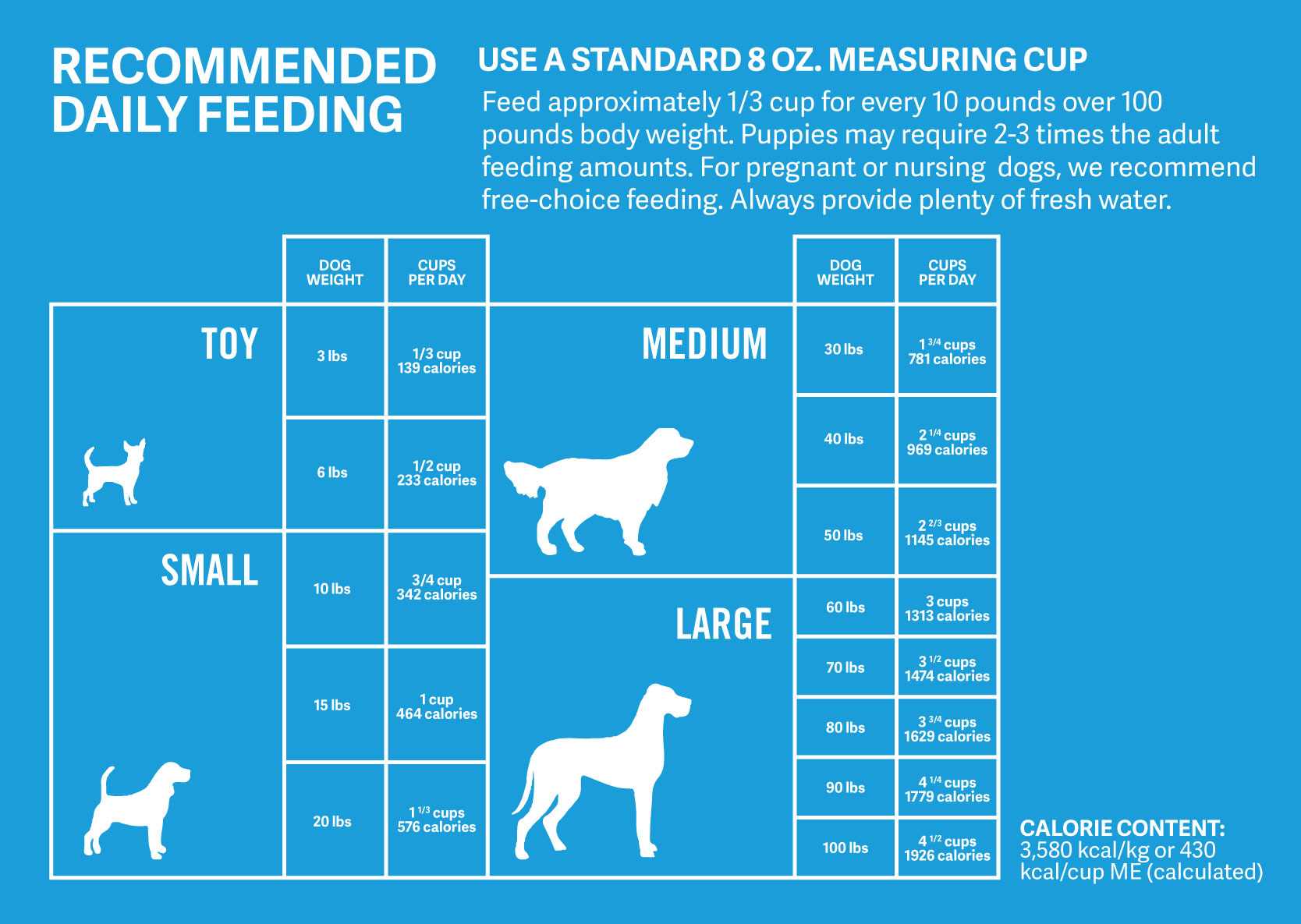
Complete Dog Food Guide for Beginners (2022) – Source petfoodbrands.net